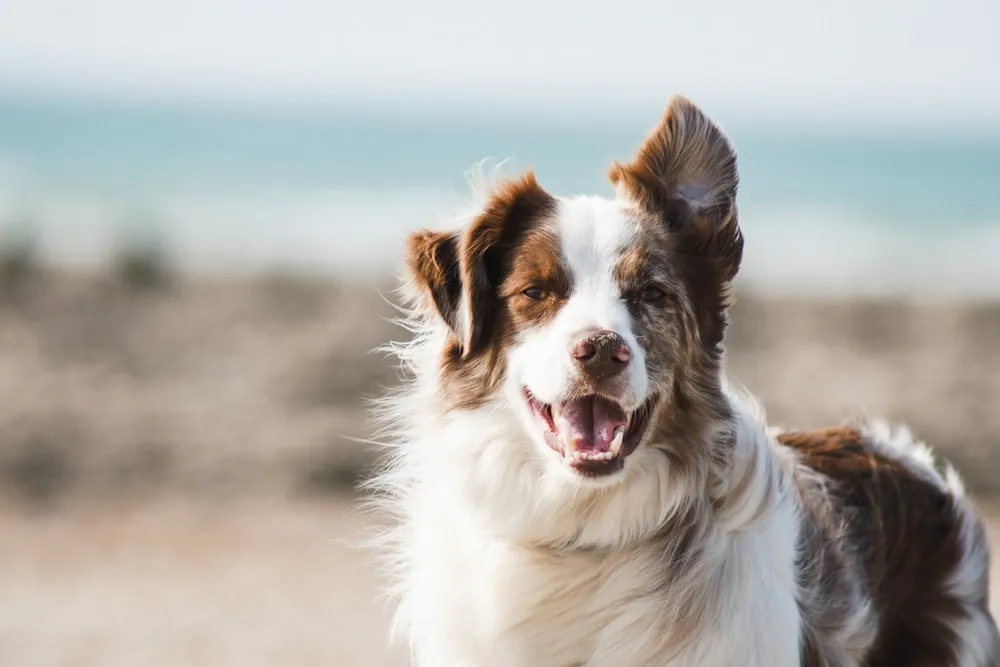Understanding What Meat Can You Feed Your Dog is a crucial aspect of responsible pet ownership. While dogs are largely carnivores, their domesticated diets have evolved to include various plant-based foods. Ensuring your canine companion receives a balanced and safe diet is paramount to their health and longevity. This guide from Dog Care Story will delve into suitable meat options, other safe foods, and importantly, what to avoid to keep your furry friend thriving. For a deeper dive into what your dog should absolutely avoid, learn more about what meat should i not feed my dog.
Understanding Your Dog’s Dietary Needs
The foundation of your dog’s diet should always be a high-quality, balanced premium commercial dog food. These formulations are specifically designed to meet their nutritional requirements, tailored to their life stage—be it a playful puppy, an energetic adolescent, a healthy adult, a pregnant mother, or a serene senior. Your veterinarian is the best resource to help you assess your dog’s individual needs, including their body condition score and the appropriate amount of food to prevent over or underfeeding.
Proper feeding practices extend beyond just what’s in the bowl. Adult dogs should be fed at least twice a day to help prevent bloat, a life-threatening condition, particularly in deep-chested breeds like Boxers and German Shepherds. Always ensure your dog has constant access to fresh drinking water. Avoid offering milk, as it commonly causes gastrointestinal upsets in dogs.
Safe Meats and Other Foods to Offer Your Dog
When considering what meat can you feed your dog as supplemental treats or meal additions, cooked options are generally the safest. Boiled chicken or lamb, without any bones, onions, or other toxic seasonings, can be excellent sources of lean protein. It’s vital to ensure any meat offered is thoroughly cooked to eliminate harmful bacteria.
Beyond meat, several other human foods can be given in moderation. Tinned fish, such as sardines, tuna, or salmon, packed in spring water (not oil or brine), can be an occasional treat. Always remove any fish bones. Small amounts of cooked vegetables like pumpkin or carrots, as well as plain cooked pasta or rice, are also generally safe and can add beneficial fiber and nutrients. Additionally, ensuring your dog has access to untreated grass may offer some vegetable matter and micronutrients, as dogs sometimes instinctively graze. Consider consulting what are things dogs can eat for a broader perspective on safe foods.
 A happy Border Collie running on a sunny beach, enjoying the outdoors
A happy Border Collie running on a sunny beach, enjoying the outdoors
The Debate: Raw Meat and Bones for Dogs
The topic of feeding raw meat and bones to dogs often sparks discussion among pet owners. While wild canids consume raw prey, domesticated dogs have evolved significantly, including developing the ability to digest starches and fats, leading to longer and healthier lives on balanced diets. The general recommendation from many veterinary experts and organizations like the RSPCA is to avoid feeding raw bones and raw meat due to several risks.
Raw bones pose a significant risk of breaking teeth or causing internal blockages, which can be life-threatening. Furthermore, both raw meat and bones can carry harmful bacteria such as Salmonella and E. coli, posing a risk not only to your pet but also to human family members through cross-contamination. High-quality, nutritionally balanced commercial diets eliminate the need for bones to fulfill dietary requirements. If you aim to provide entertainment and dental benefits, dental chews endorsed by the global Veterinary Oral Health Council are a safer and effective alternative.
However, if you do choose to feed raw meat or raw bones, it is strongly recommended to select only human-grade raw meat and bones. Avoid raw meat products specifically marketed as pet food (such as pet mince or rolls), sausages, sausage meat, and cooked manufactured meats. These pet-grade products can contain sulphite preservatives, which have been linked to serious pet food safety incidents, including fatal thiamine (Vitamin B1) deficiency. Always prioritize your dog’s safety and consult your vet for personalized advice, especially if your dog is a fussy eater.
Dangerous and Toxic Foods to Avoid
Beyond understanding what meat can you feed your dog, it is equally, if not more, critical to know which foods are strictly off-limits. Many common human foods are highly toxic or dangerous for dogs, even in small quantities. Never feed your dog: alcohol, onions, onion powder, garlic, chocolate, coffee or caffeine products, moldy or spoiled foods/compost, avocado, bread dough, yeast dough, grapes, raisins, sultanas (found in many baked goods), currants, various nuts (especially macadamia nuts), fruit stones or ‘pits’ (e.g., mango seeds, apricot stones, avocado stones), mushrooms, and fruit seeds.
In addition to toxic substances, certain foods pose physical hazards. These include corncobs, green unripe tomatoes, any cooked bones (which can splinter), small pieces of raw bone, fatty trimmings or excessively fatty foods, high amounts of salt, and roughly-cut vegetables which can be choking hazards. Also, be vigilant about preventing access to non-food items like string wrappings from roasts or absorbent pads found in meat packaging, as these can cause severe internal issues. For more information, consider reading what human foods can dogs safely eat to empower your feeding decisions.
Conclusion
Feeding your dog correctly is a cornerstone of their overall health and happiness. By understanding what meat can you feed your dog, focusing on high-quality commercial diets, and being aware of both safe additions and dangerous substances, you can ensure your pet receives optimal nutrition. Always remember that every dog is an individual, and their dietary needs can vary. Consulting with your veterinarian is invaluable for personalized advice, especially if your dog has specific health conditions or dietary sensitivities. Providing a well-balanced diet is one of the most loving ways to care for your canine companion, helping them live a long, joyful, and healthy life by your side.
